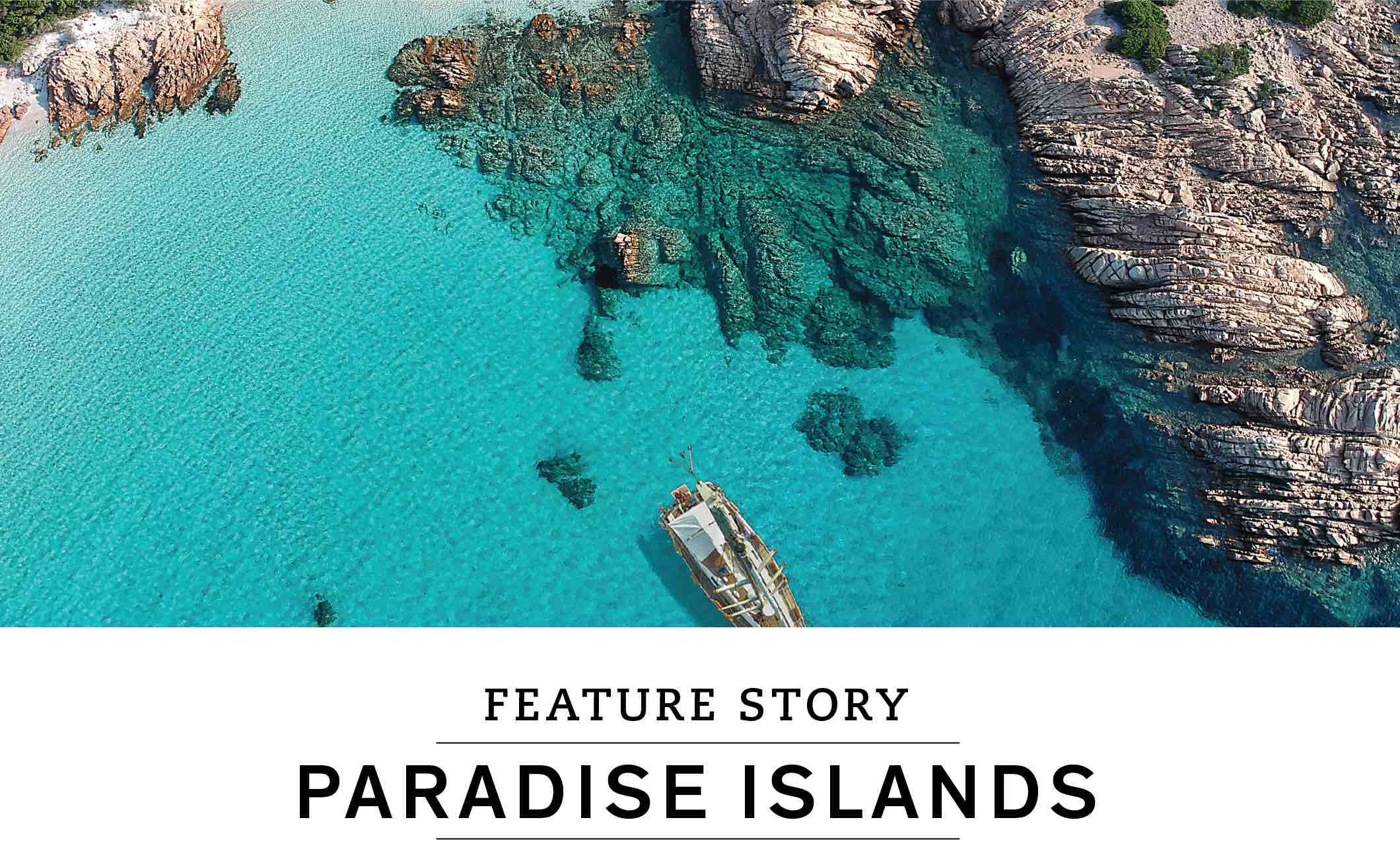Vintages - Paradise Islands: Sicily & Sardinia

Sicily & Sardinia
(3 min. read)
Perfectly positioned off Italy’s coast, sun-soaked Sicily and Sardinia are havens for a host of native grapes. They’re places with fascinating histories, great natural beauty, and beaches and coastlines kissed by some of the most photogenic water you will ever hope to see. These two islands are also destinations for quality-driven, value-priced, food-friendly wines crafted from exclusive native grapes.

Sicily’s winemaking heritage dates back over 30 centuries, and little wonder. Warm and dry with plenty of consistent sunshine and reliable growing conditions, Sicily is a great place to make wine.
Winemakers here rarely use any form of chemical intervention in the vineyards, as the perfect climate and influence of sea breezes mean there’s little or no disease pressure on the vines and virtually no concern for the development of rot or fungus. Sicily’s dynamic wine future is being defined by the success of indigenous grapes such as Nero d’Avola and Grillo as well as rejuvenated ancient grapes such as Catarratto, Inzolia and Frappato. But the top-flight conditions also allow for impressive, characterful Chardonnay and Cabernet Sauvignon. Winemakers here have pursued aggressive experimentation in organic and biodynamic farming, seeking to push Sicily’s natural advantages to even greater heights. Many of the most distinct and sensational wines are sourced from mineral-rich volcanic soils, such as those surrounding Mount Etna. The fiercely independent spirit of the wines made here is a commanding reflection of the proud, distinctive character of this place and its people.


Sardinia’s position in the Mediterranean between Spain, France, Algeria and Italy made it an important site for trade in antiquity and afforded it strategic military value. Over the centuries, the island fell to a number of kingdoms and world powers, and its wines reflect this volatile past.
Today, Sardinia’s wines share little in common with those of the Italian mainland; instead, they’ve been more acutely influenced by France and Spain, as evidenced by the Cabernet Sauvignon, Cannonau (Grenache) and Carignan planted here. The island also features many ancient grapes, often grown nowhere else, with obscure names such as Torbato, Semidano, Nasco, Monica and Nuragus. The influence of the Mediterranean Sea combined with the diverse soil types, the nuanced variations between coastal and inland growing sites and the variable, hilly topography provide Sardinian producers with exciting opportunities for creating distinct wines from numerous mesoclimates. And as if that wasn’t enough, what with its beaches, picturesque towns and stunning scenery, the place is just out-and-out gorgeous.
Get our Latest News!
Be the first to hear about new arrivals, special offers, virtual events and more.
Get to Know Us!
Everything we are in a nutshell.

